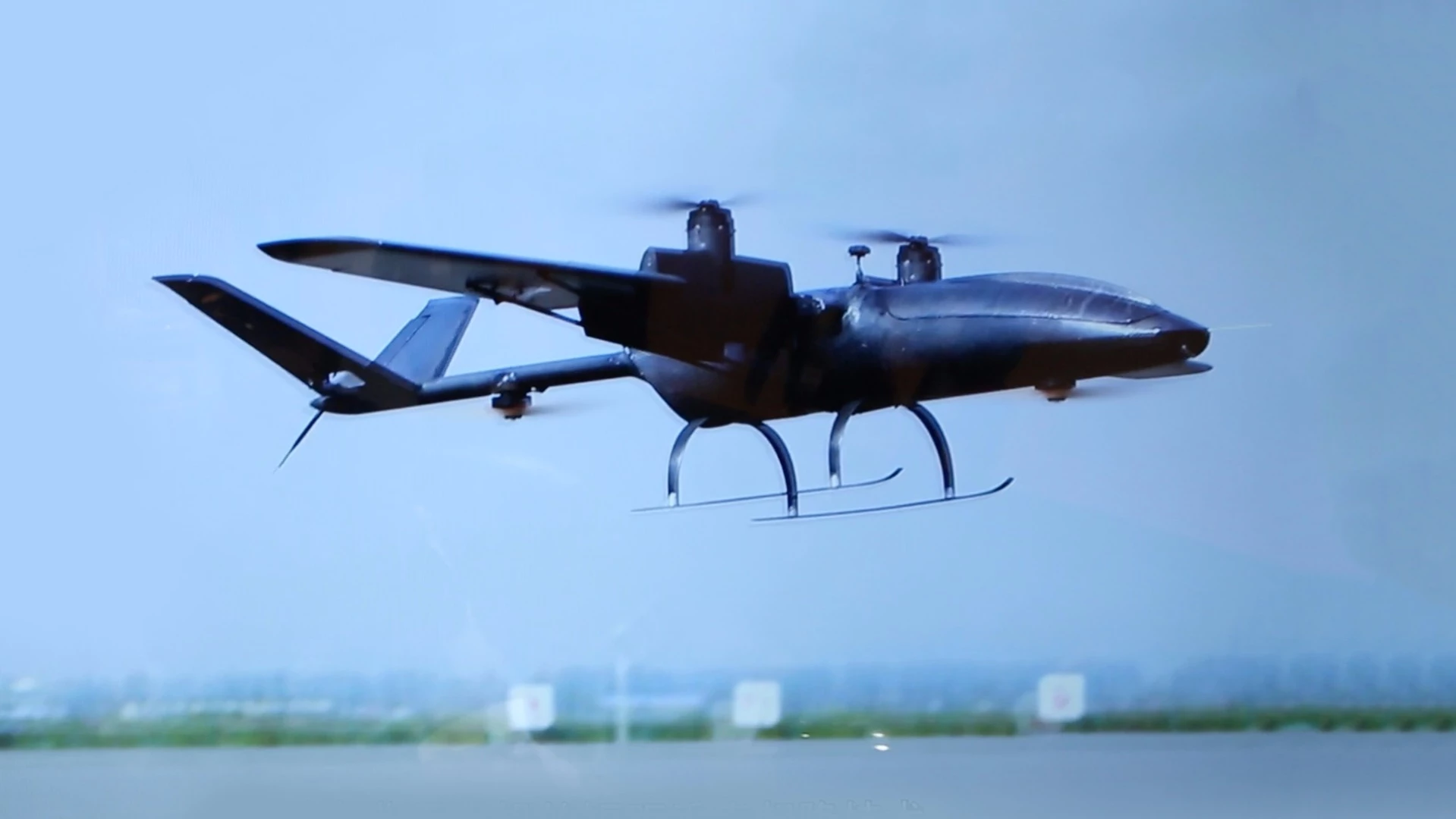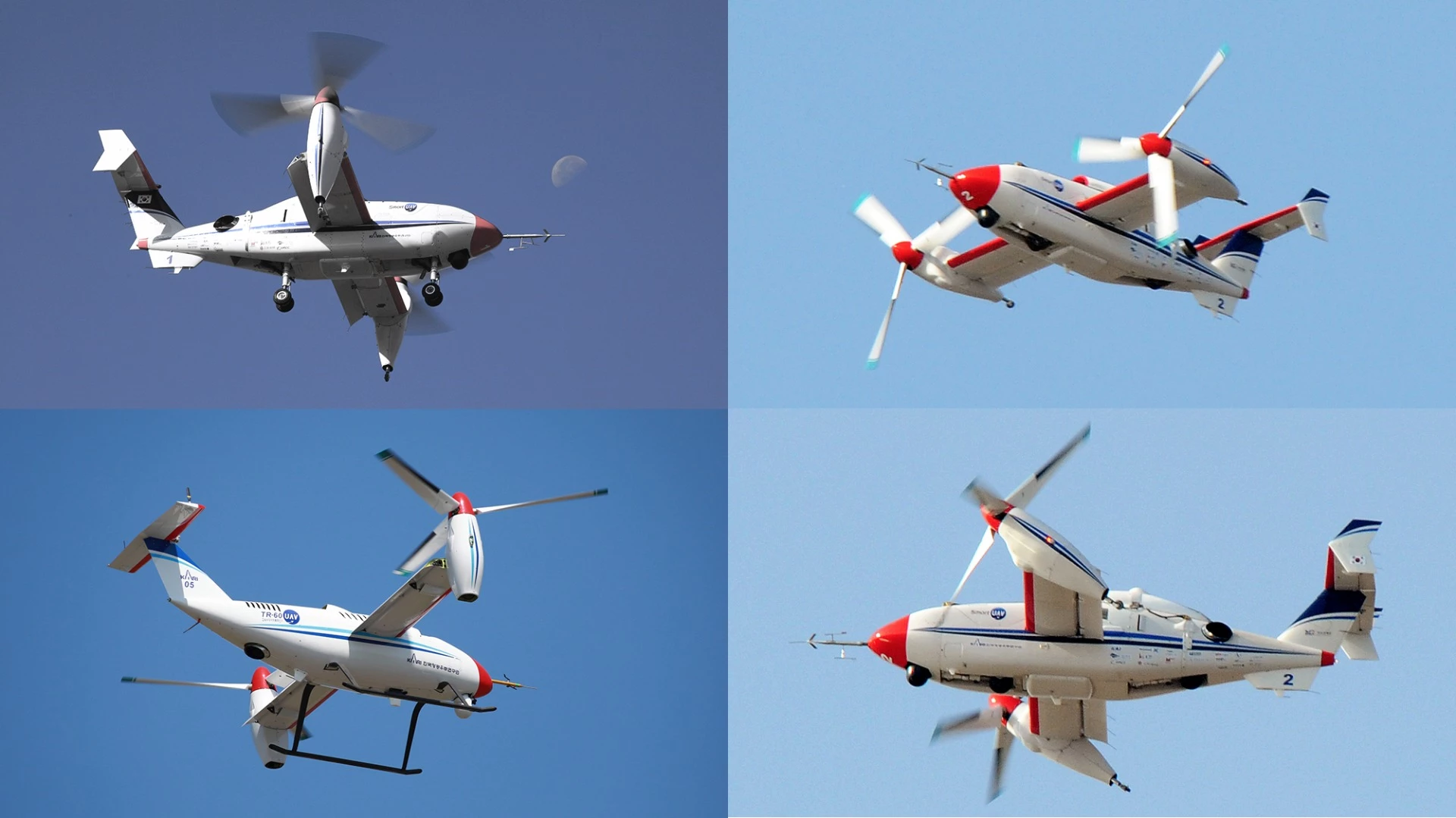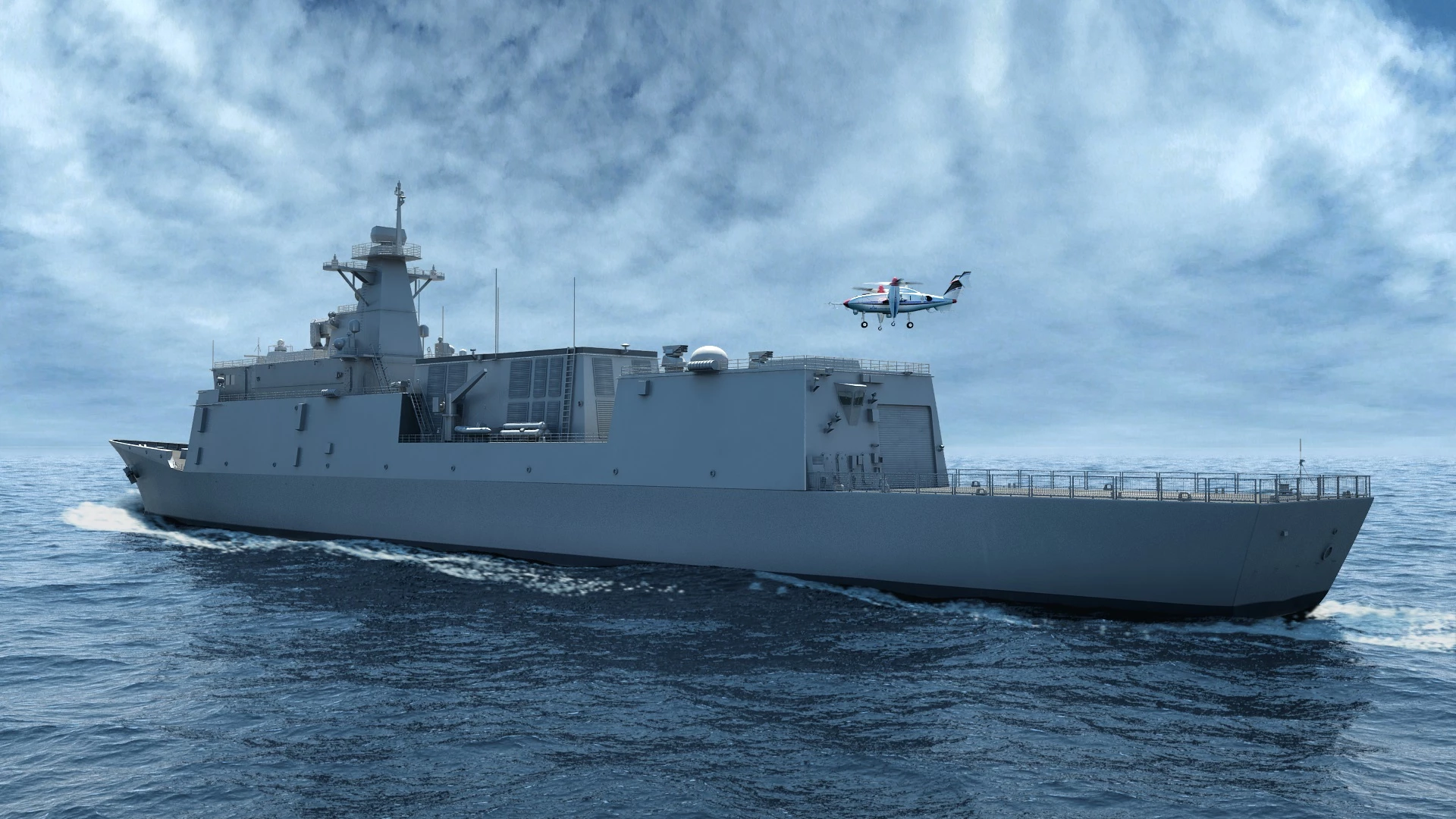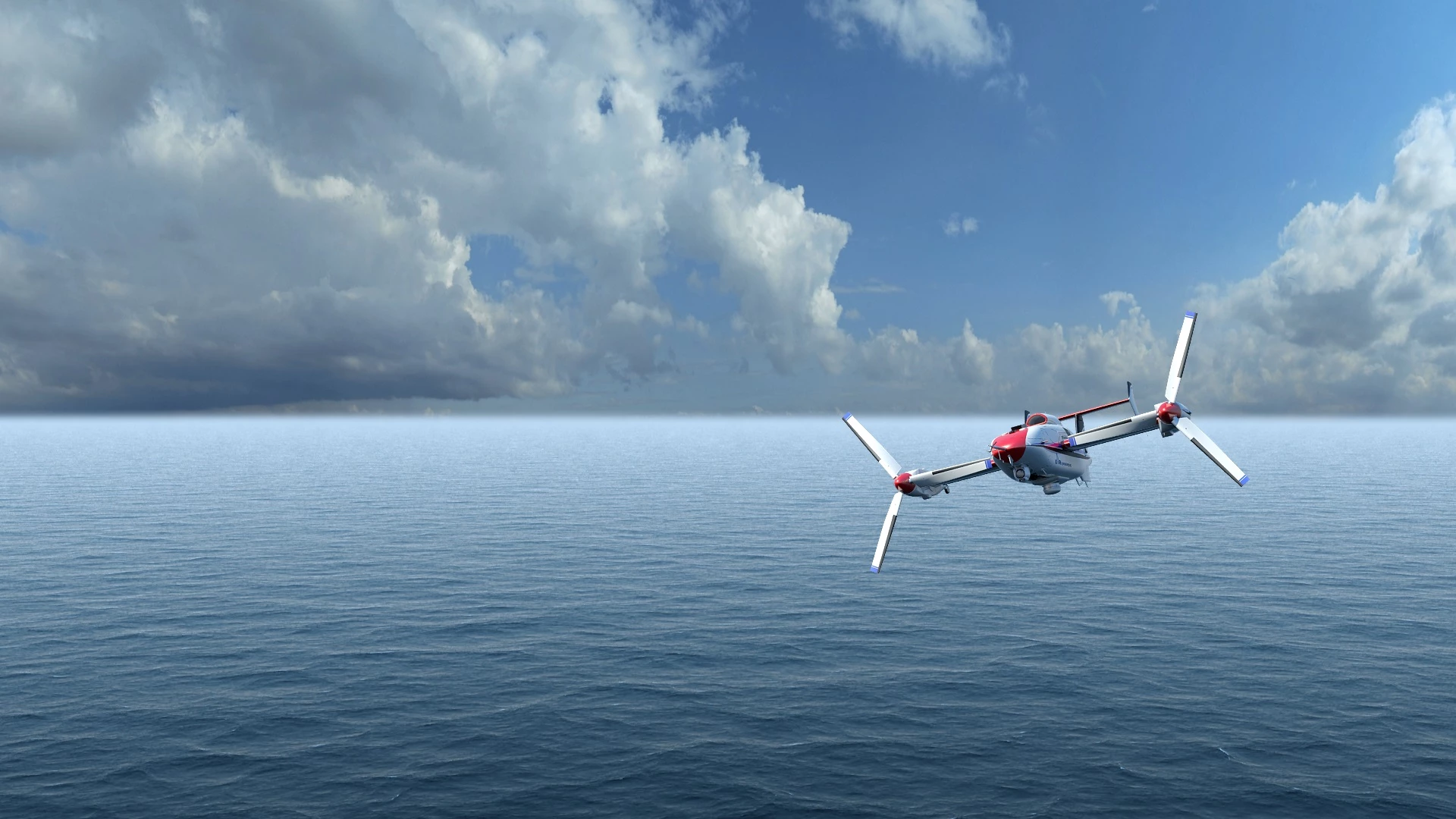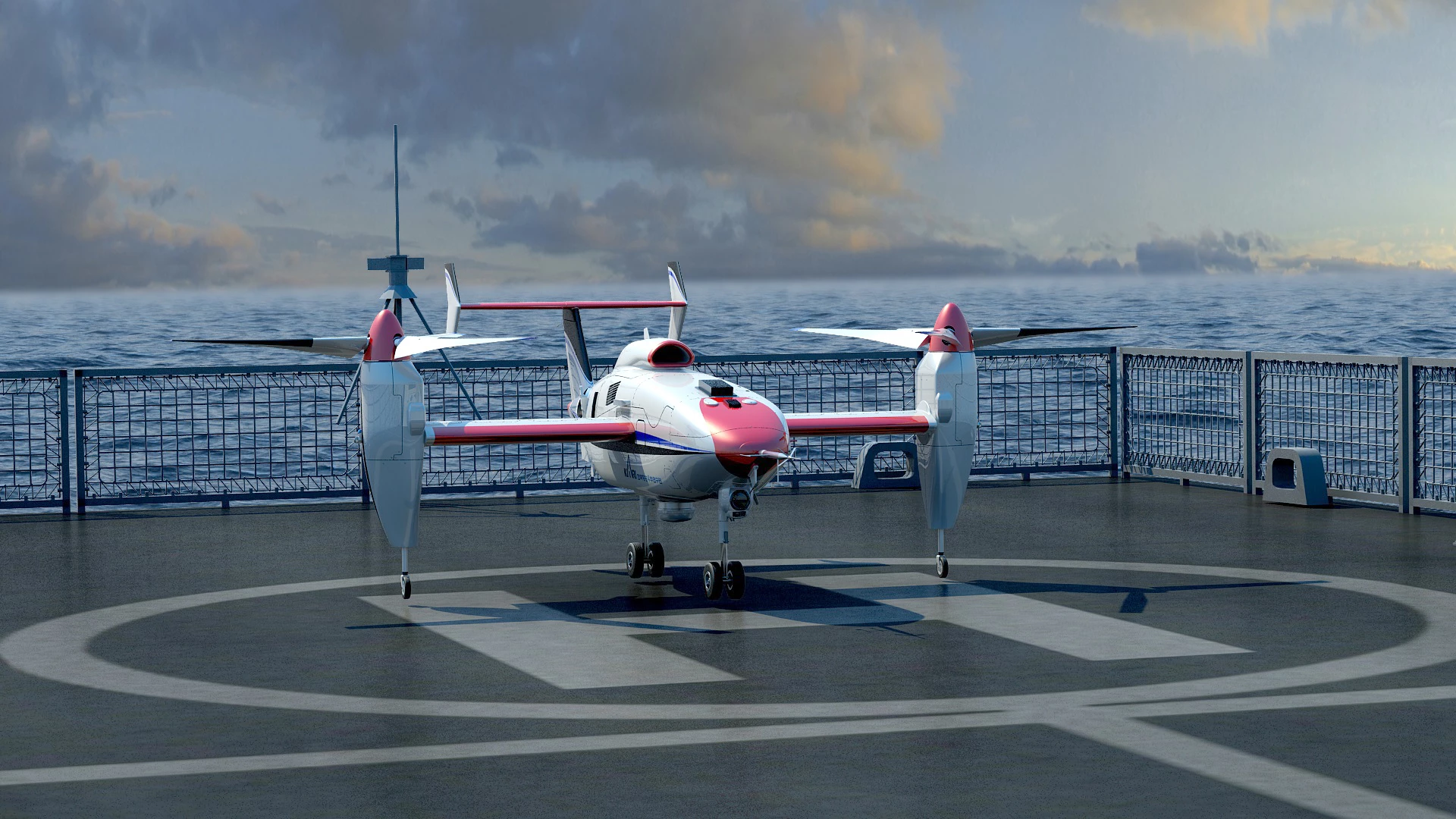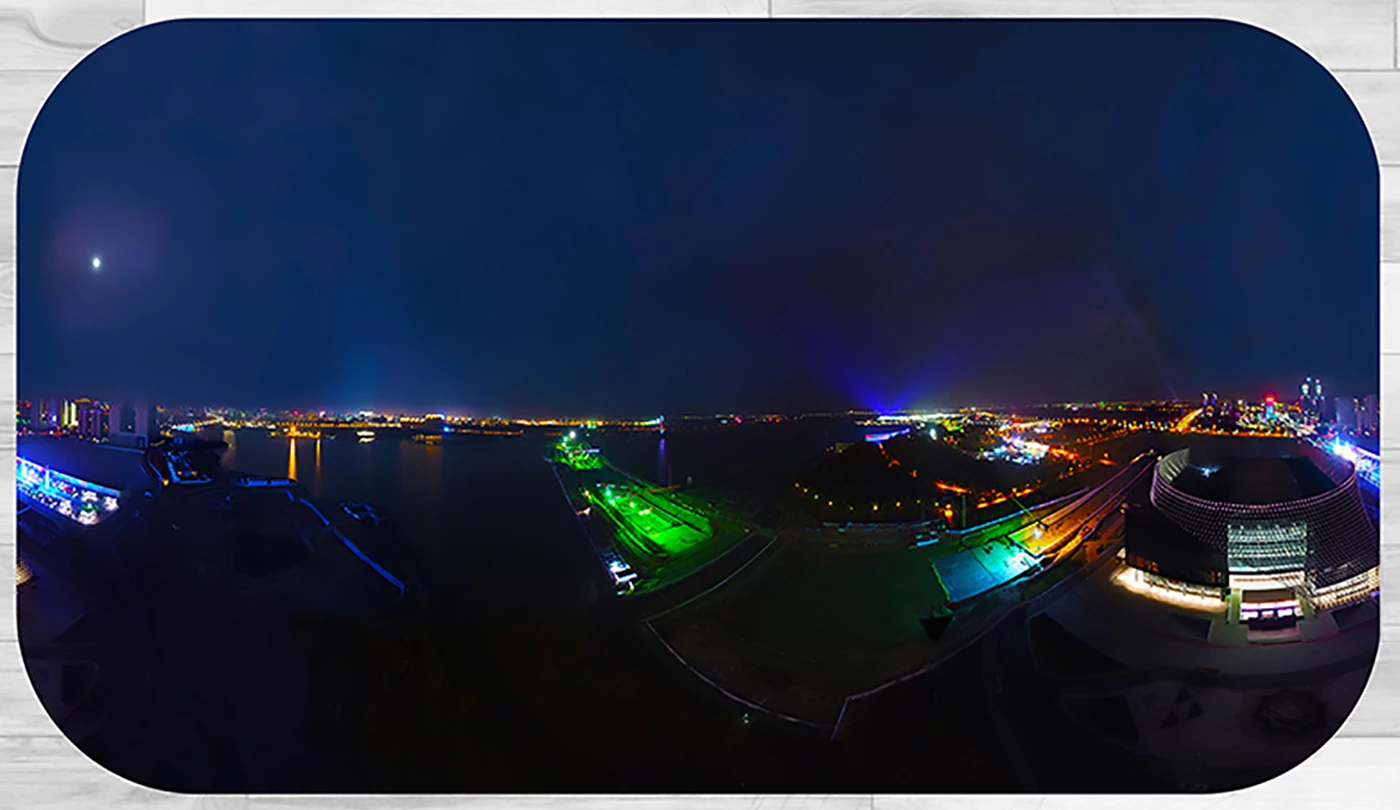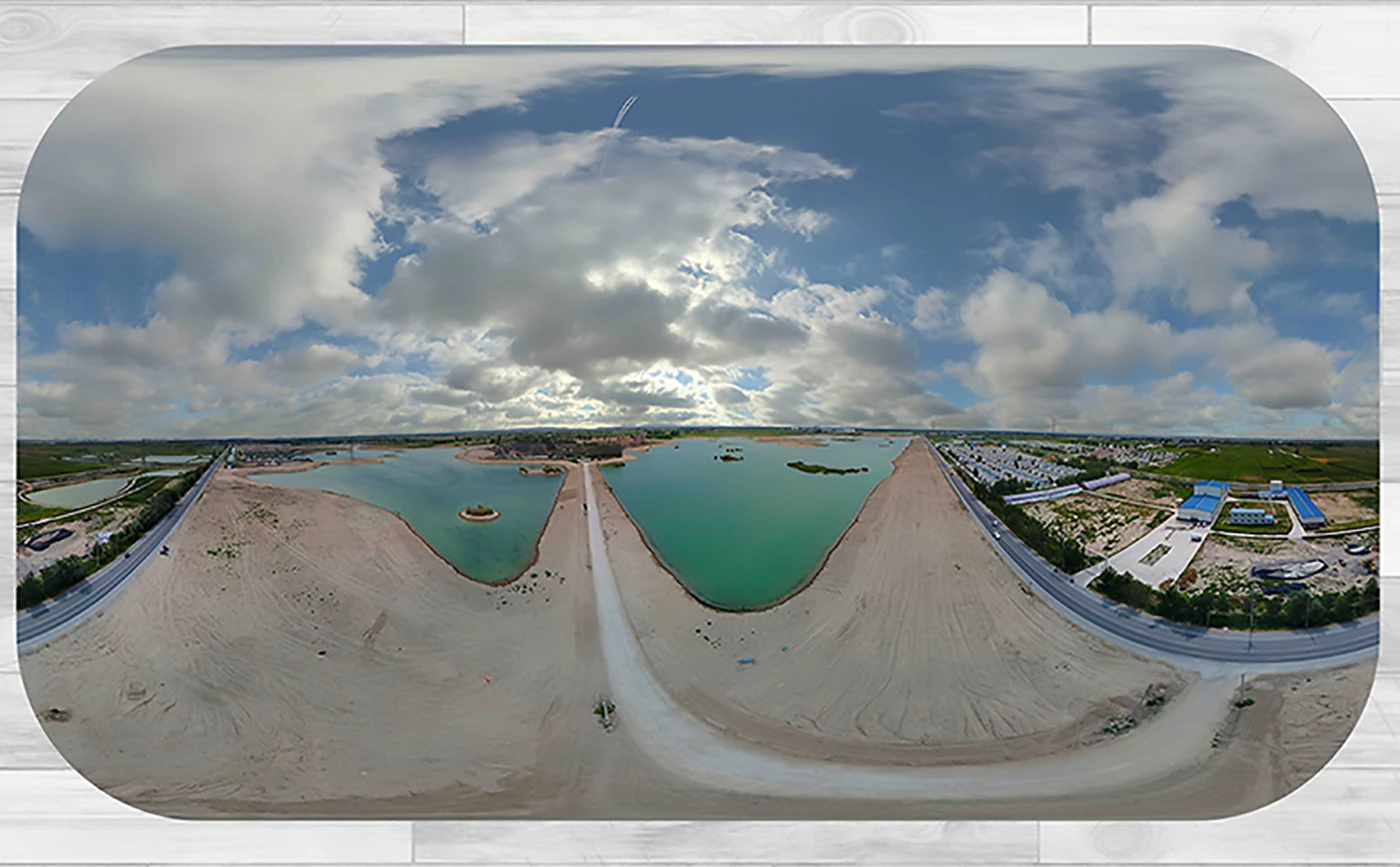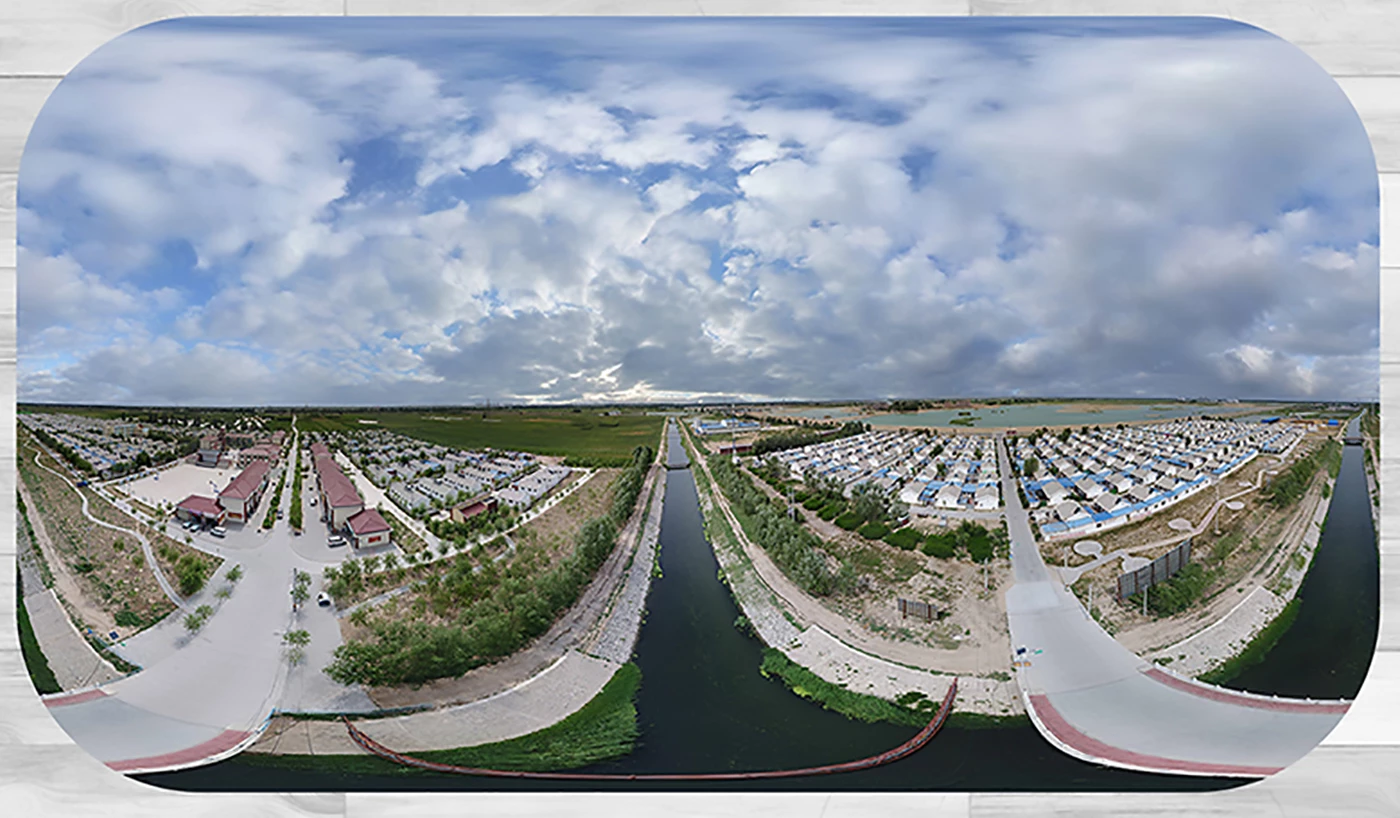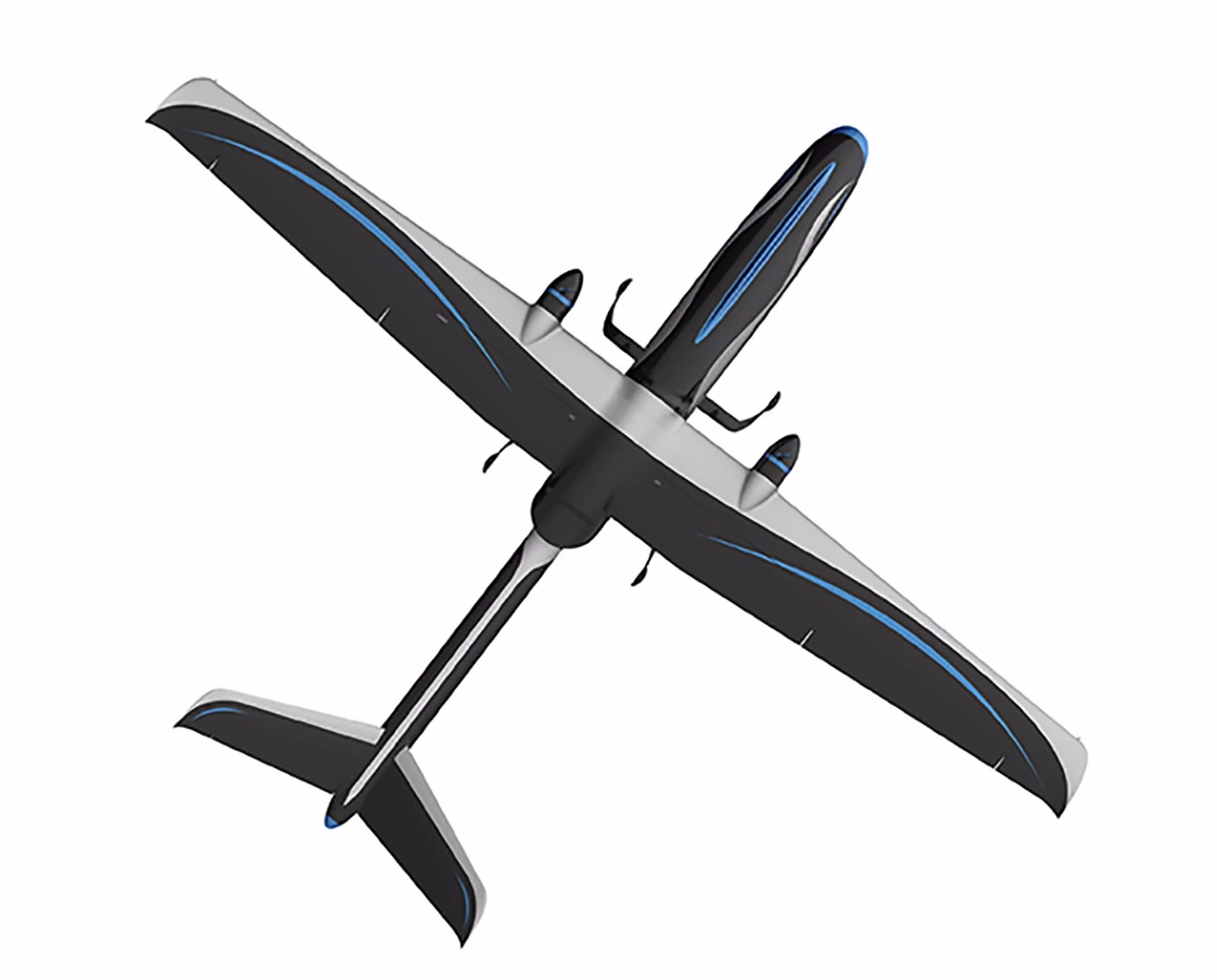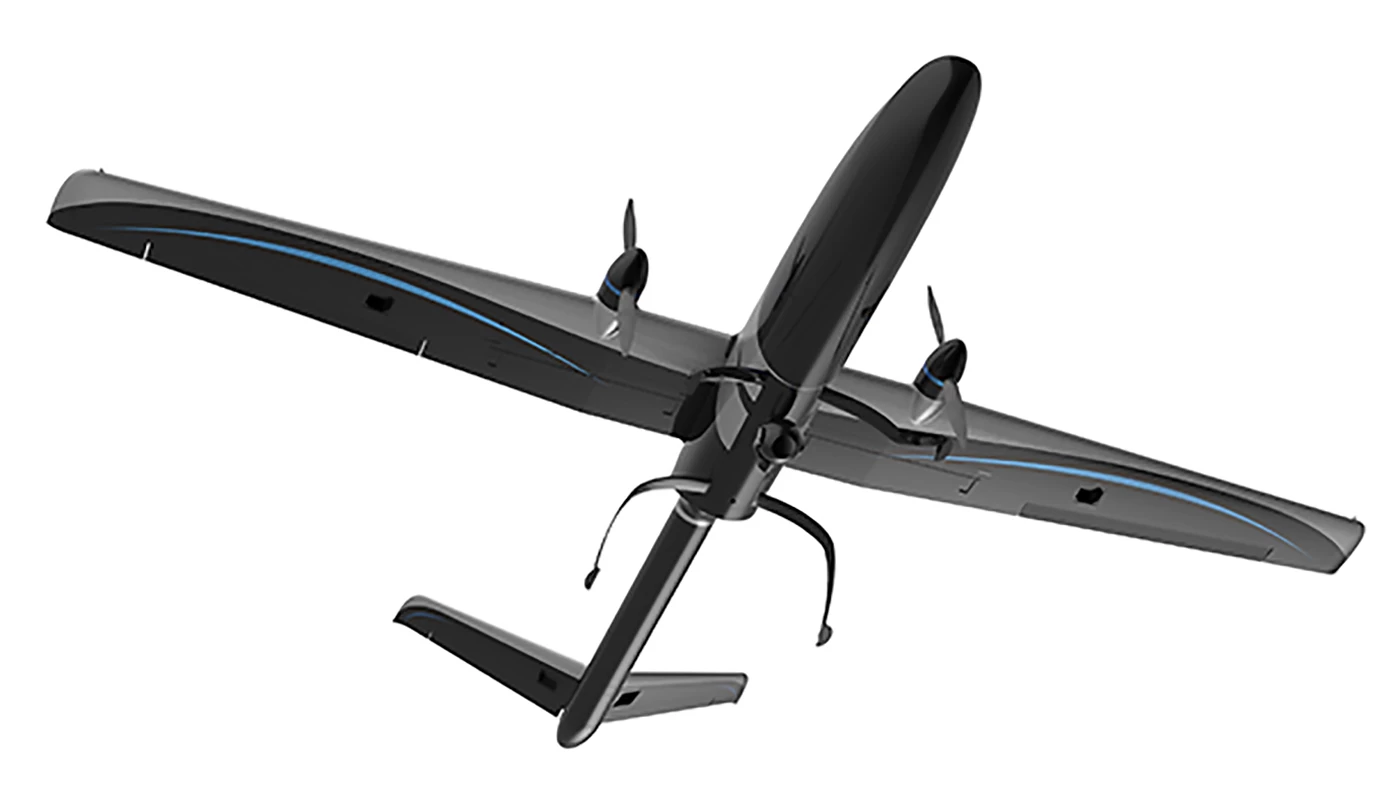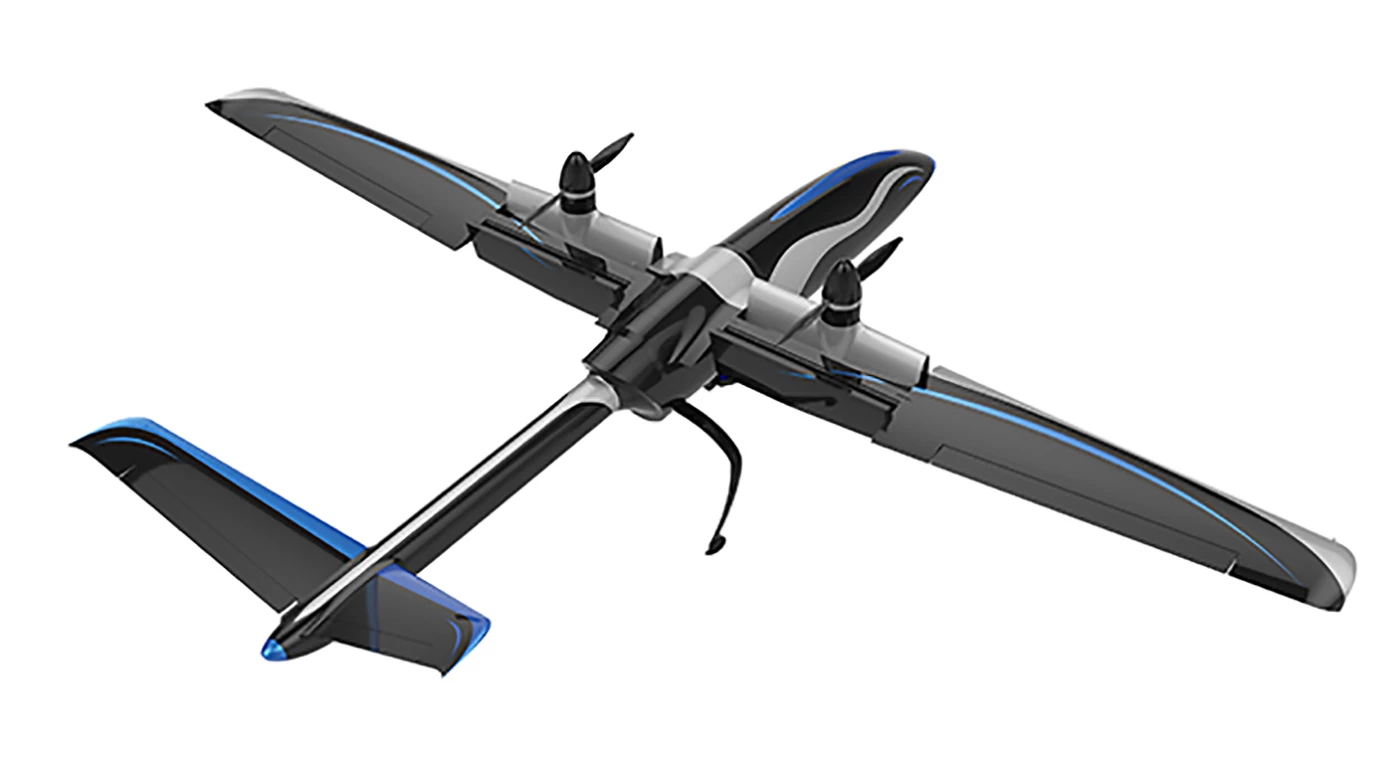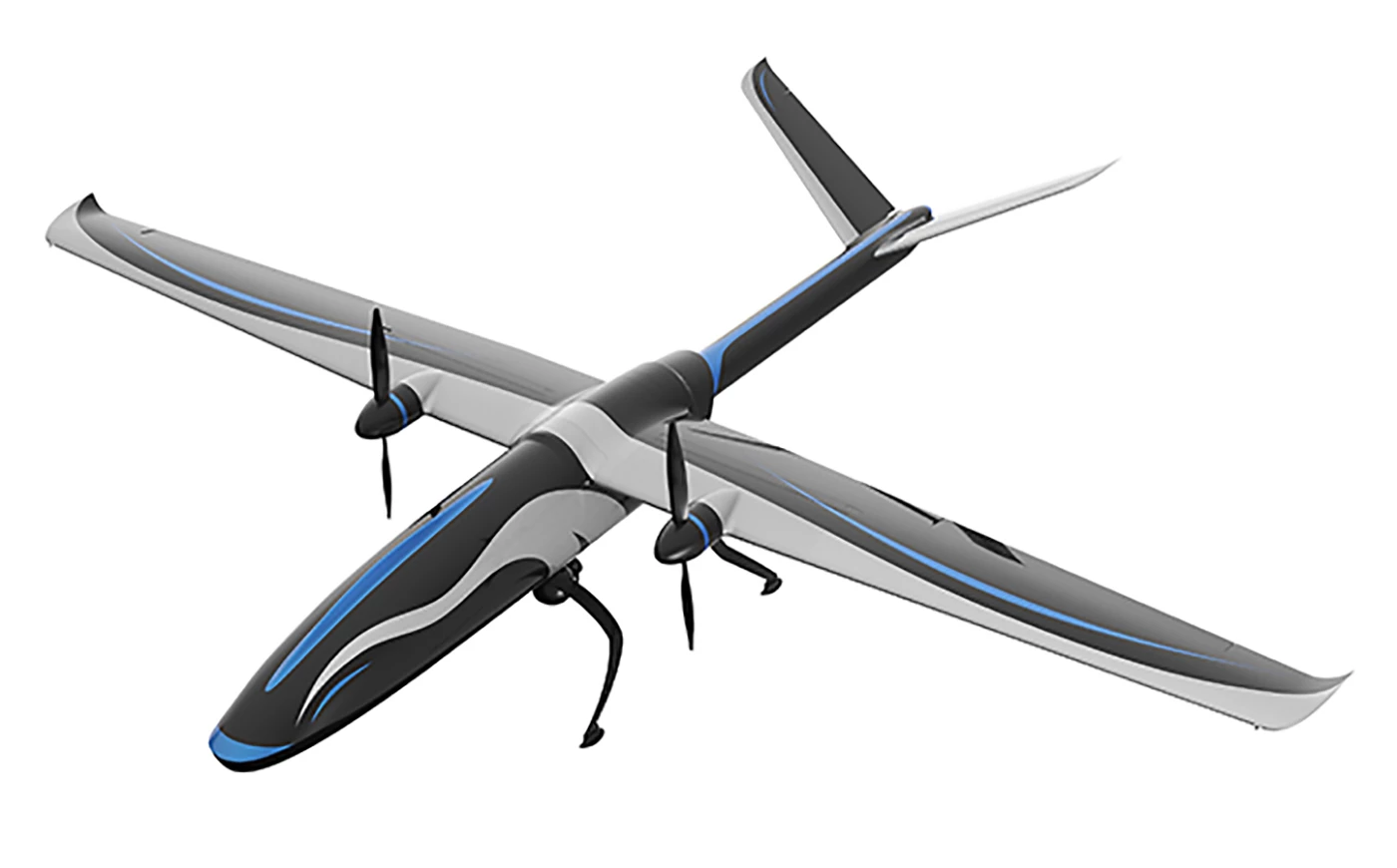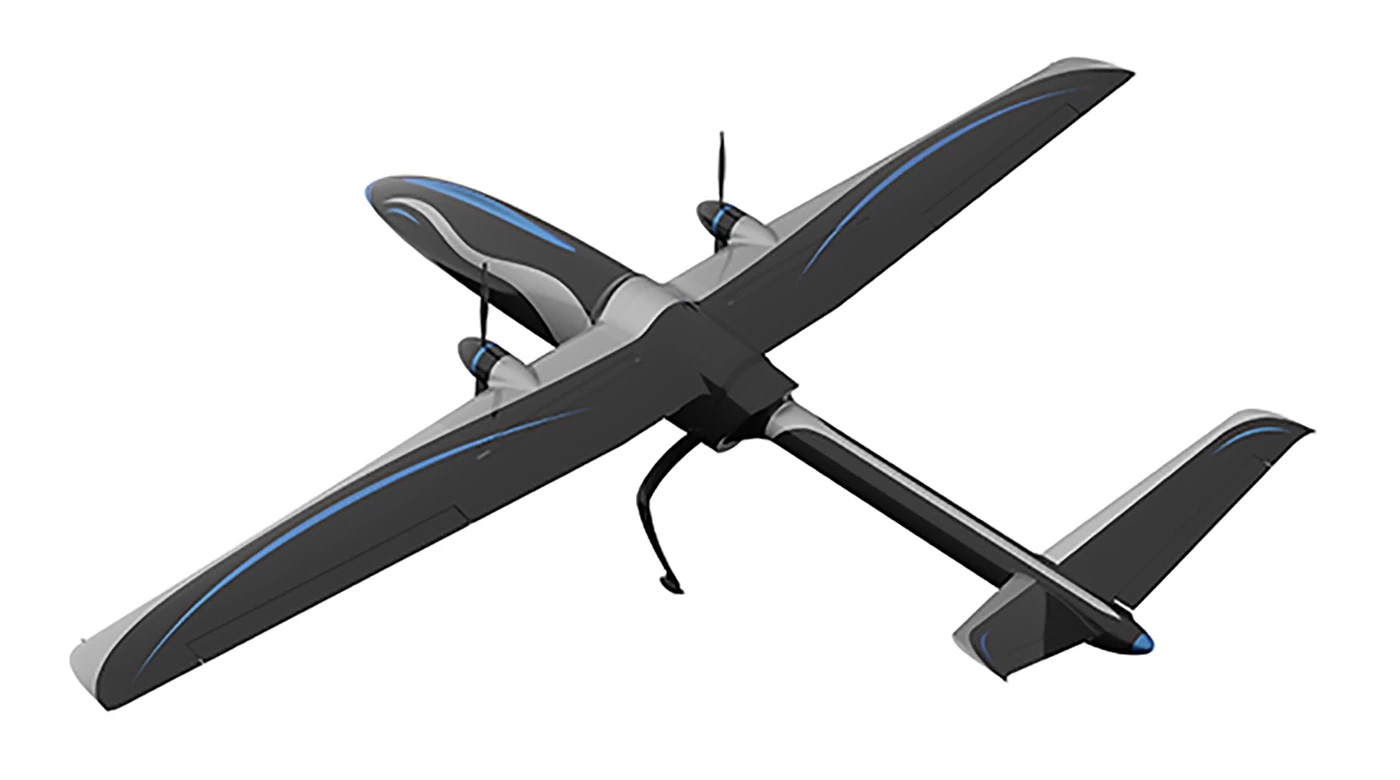Urban aerial surveillance capabilities are already seen as a crucial element in the information mosaic required for any smart city of the future, and last week's TM Forum Smart City In Focus Conference in Yinchuan (China) saw the first showing of an Unmanned Aerial System that has been purpose-built for the task based around quite groundbreaking capabilities.
Tilt-rotor aircraft offer the efficiencies and speed of a fixed-wing aircraft combined with the virtues of a helicopter: vertical-take-off and landing and the ability to hover and monitor from an aerial vantage point.
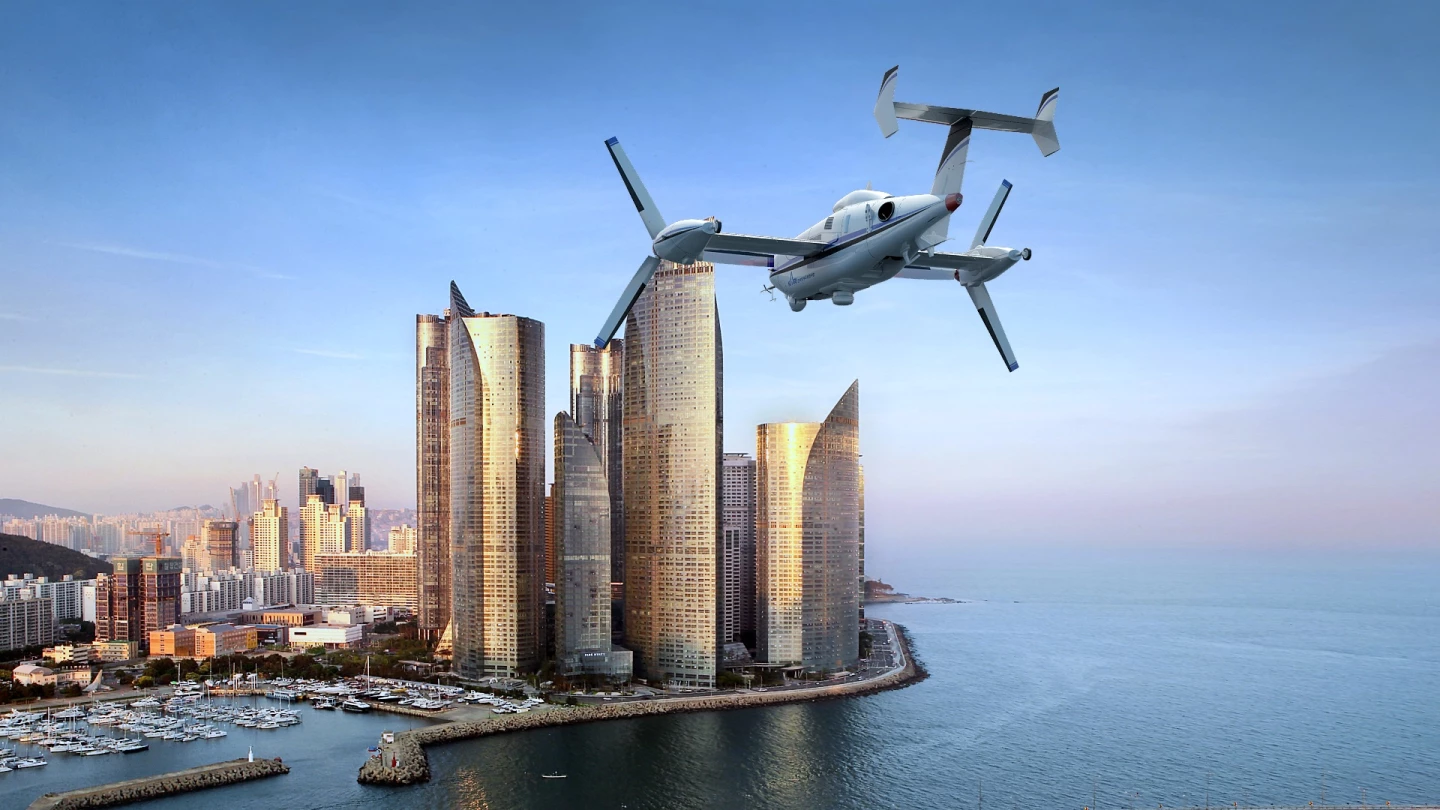
This "best of both worlds" capability is not without precedence in the UAV world, but the only working unmanned aircraft with tilt-rotor capabilities prior to now have been the Korean Aerospace Research Institute's TR-100 and TR-60 experimental UAVs, bot of which are considerably larger than the offering from Unique Aero-Tech Corporation (UATC).
That's the Korean Aerospace Research Institute (KARI) TR-60 pictured below, and although the aircraft's initial application is primarily seen as a tool for defense, the roadmap for future deployment encompasses monitoring power lines, roads and other infrastructure.
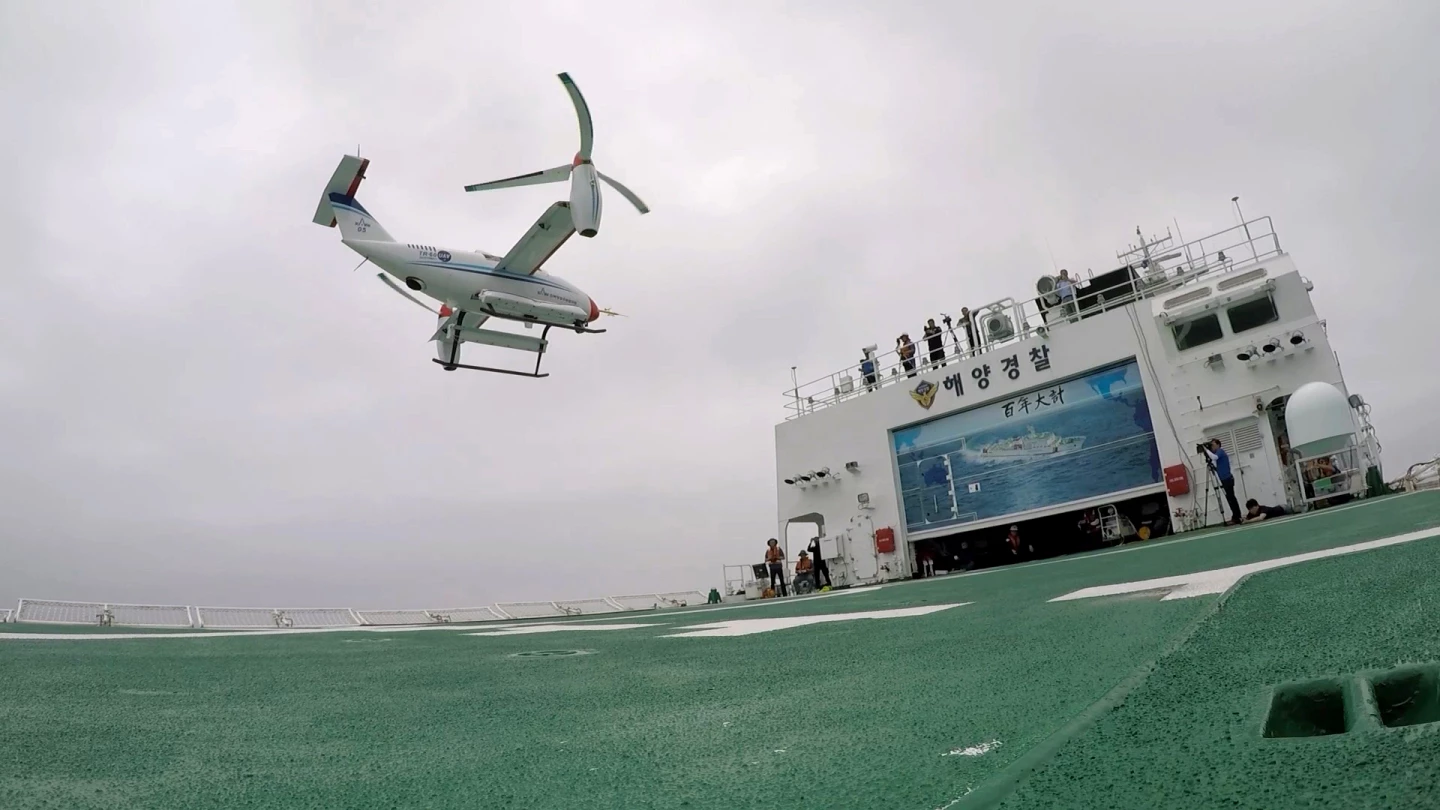
The TR-60 had its first successful ship landing last month and there's little doubt that such capabilities would vastly extend the effectiveness of any war ship. Military budgets are characterized by their magnitude though, and no doubt the TR-60 and its larger TR-100 sibling will be able to carry sufficient lethal ordnance inside their payload limits.

There have been several tilt-rotor multicopter UAVs shown around the world, but these (small) sUAVs do not have the endurance and payload to be much more than toys until battery density and sensor miniaturization matures by an order of magnitude.

Development of the Korean Aerospace Research Institute's VTOL UAVs has been underway since 2002 and the latest TR-60 now offers six hours of flight time, highlighting just how special the 16-kg (35-lb) UATC (pictured above - 16 kg includes 6 kg payload) is in that it achieves a six-hour flight duration with a fuel cell power system and no toxic emissions.
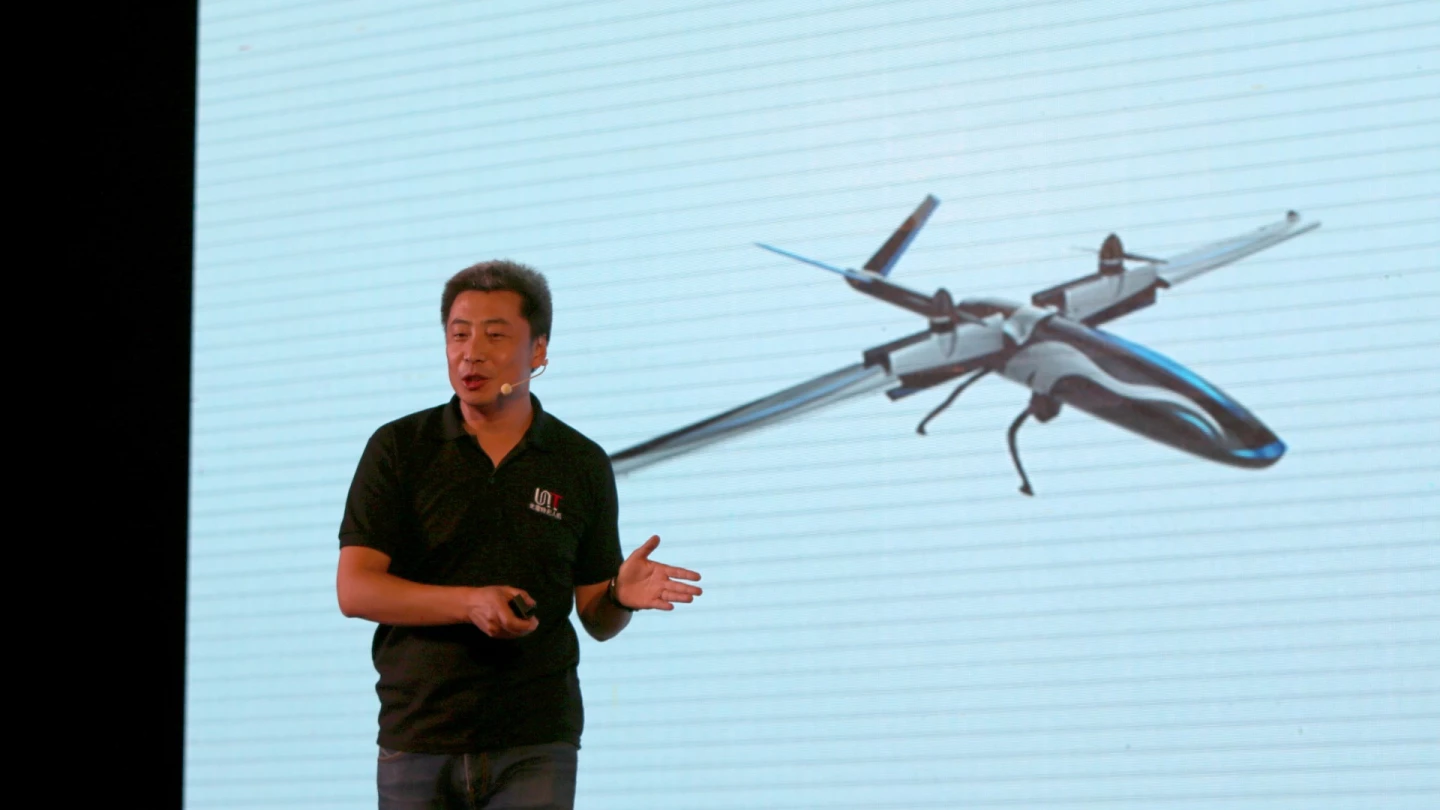
The particular breakthrough in aircraft design that has enabled the UATC UAV (pictured above) to progress from concept to commercialization in less than a year involves the development of small propellers below the nose and tail of the aircraft (see image gallery for more detail), which stabilize the craft during take-off, landing and transition between horizontal and vertical flight.

Yinchuan-based UATC is offering the new tilt-rotor UAV with battery-electric or hydrogen fuel cell propulsion systems. Both systems result in a 17-kg (37.5-lb), 2.6-meter (8.5-ft) wingspan UAV capable of carrying a 6-kg (13-lb) payload.
The sleek carbon-fiber tilt-rotor UAV on display at the conference was shown in footage configured with video, night vision and infrared imaging capabilities, though the craft is already being used to measure air quality across Yinchuan using a variety of different sensors.
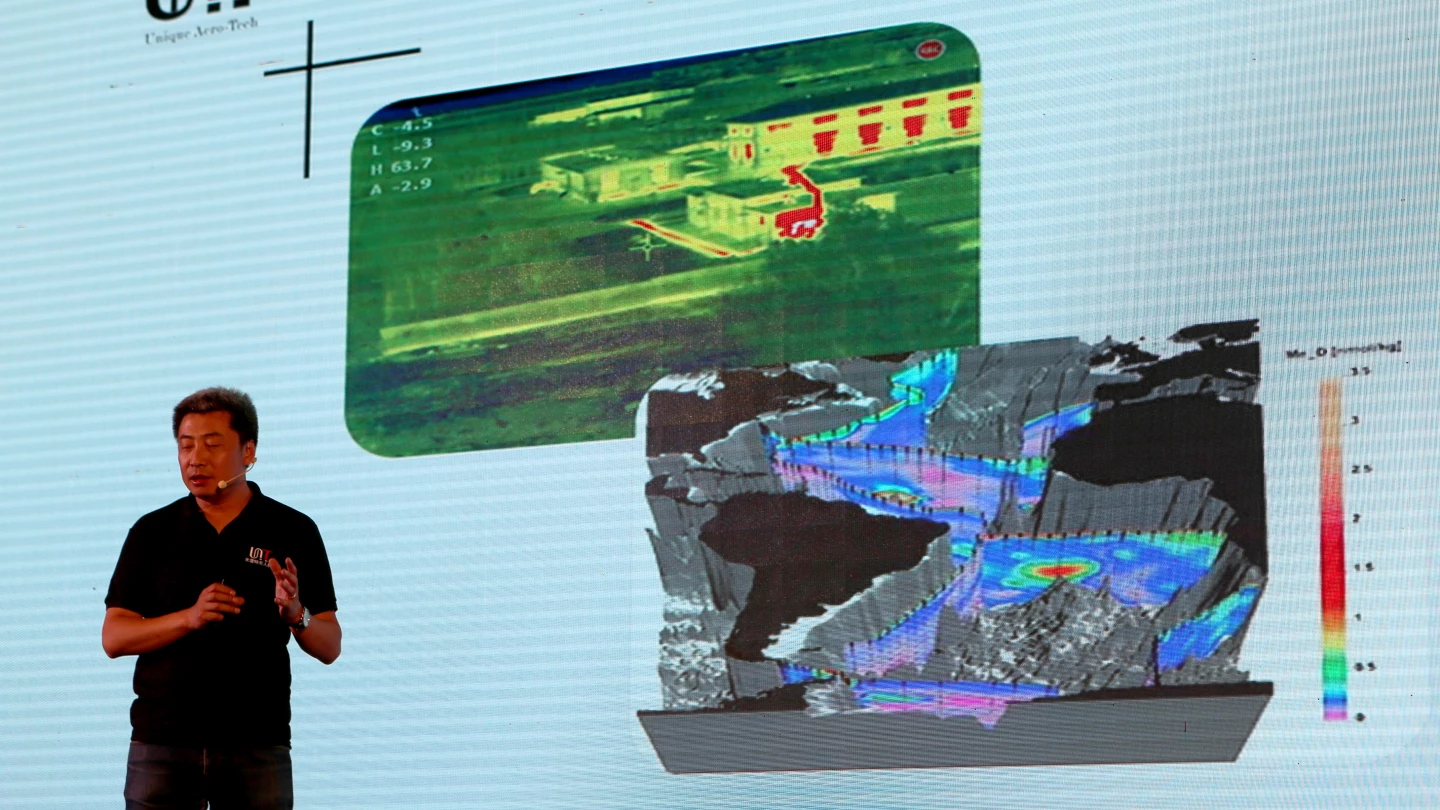
The environmental pollution measurements are gathered by eight different on-board sensors and transmitted in real time, along with the GPS co-ordinates of the aircraft, for what the Yinchuan Government is terming "environmental forensics."
UATC staff reported that the integrated sensor payload is being rapidly expanded, and can, or will soon be able to be used for collecting a wide range of smart city data, including the automated recognition of illegal license plates on cars on Yinchuan roads and human detection (using facial recognition) and monitoring using advanced tracking techniques.
Perhaps the most remarkable aspect of UATC's UAS is that the company was only established in November 2016, but with the technical cooperation and financial support of the Yinchuan Government and telecommunications giant ZTE, progress has been swift. Both organizations are fully committed to the Yinchuan smart city initiative and the city is being used as a testbed and blueprint for another 100 smart cities around China.
UATC is one of the first commercial spin-offs from the Yinchuan Smart City initiative, in which the Northern Chinese city is being used as a model for China's 100+ smart cities. UATC designed the VTOL tilt-rotor to meet Yinchuan's traffic surveillance and air quality monitoring needs, and further capabilities are under development that will enable the RMB800,000 (US$120,000) aircraft to provide even more useful data.
New sensor capabilities are being developed in parallel for the UAV for cities with particular needs, and applications on the development roadmap are as diverse as gas detection, urban emergency monitoring and management, and environmental protection. One of the apparent intended uses for the UAV is facilitating a biodiversity survey.
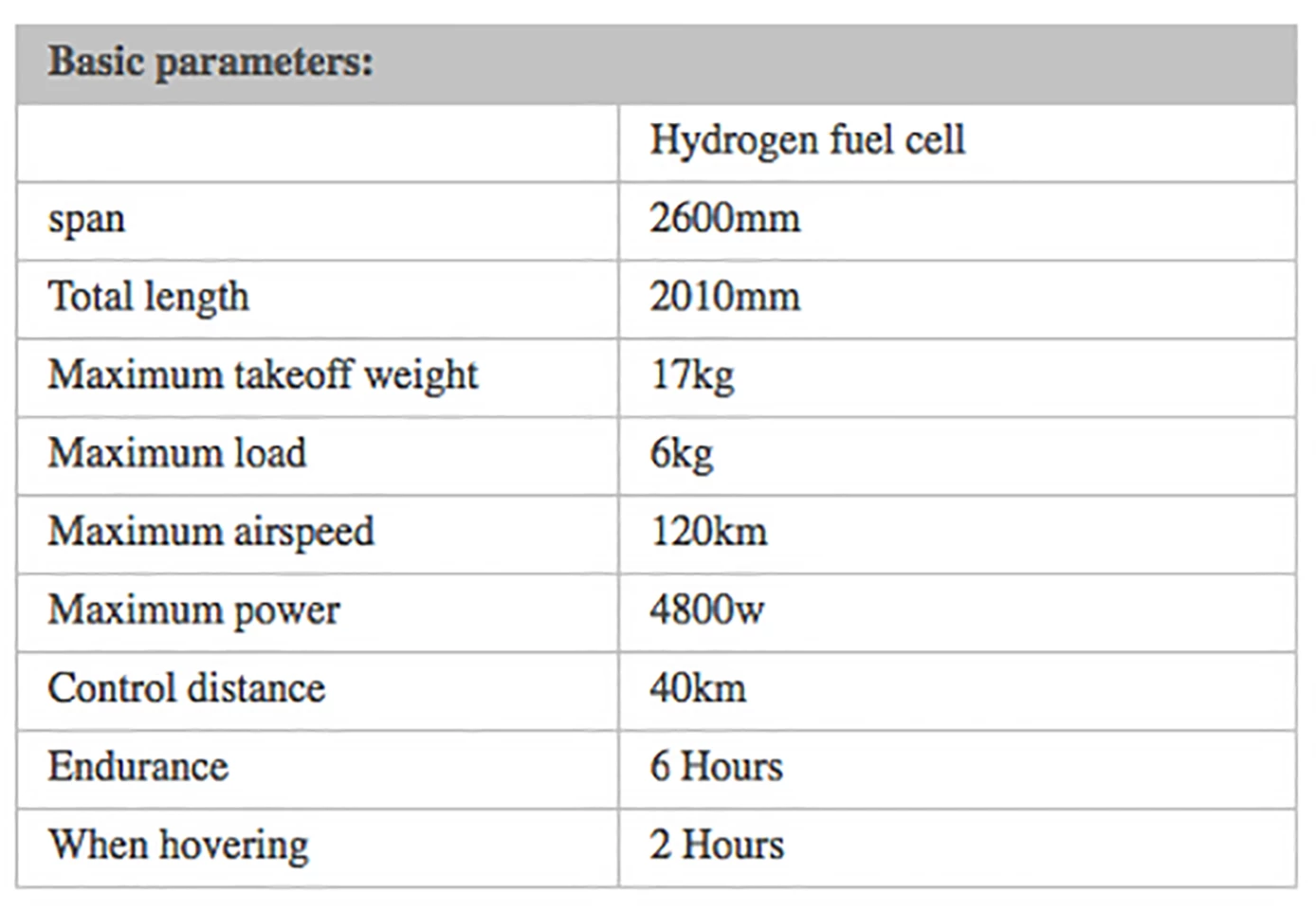
New Atlas attended the TM Forum Smart City InFocus 2017 courtesy of the organizers.

